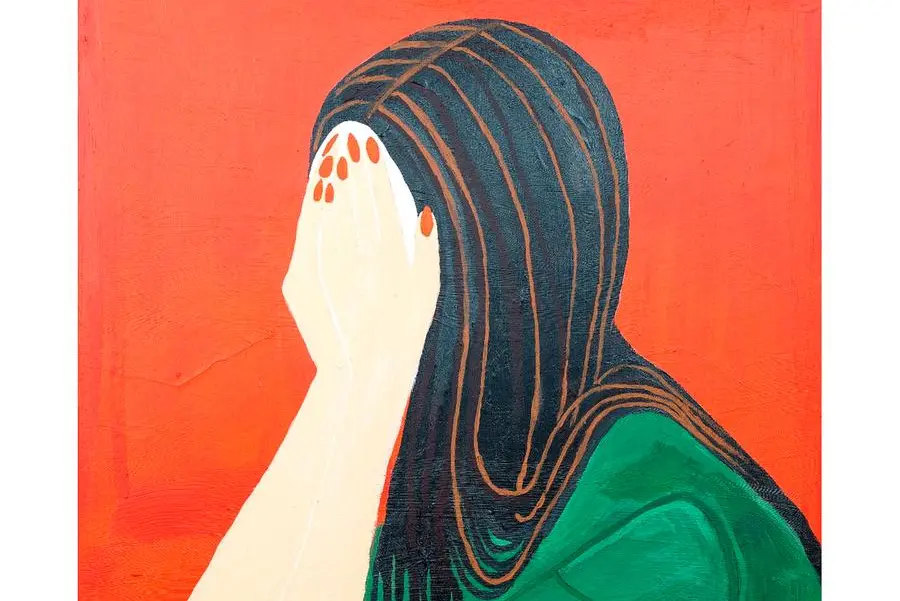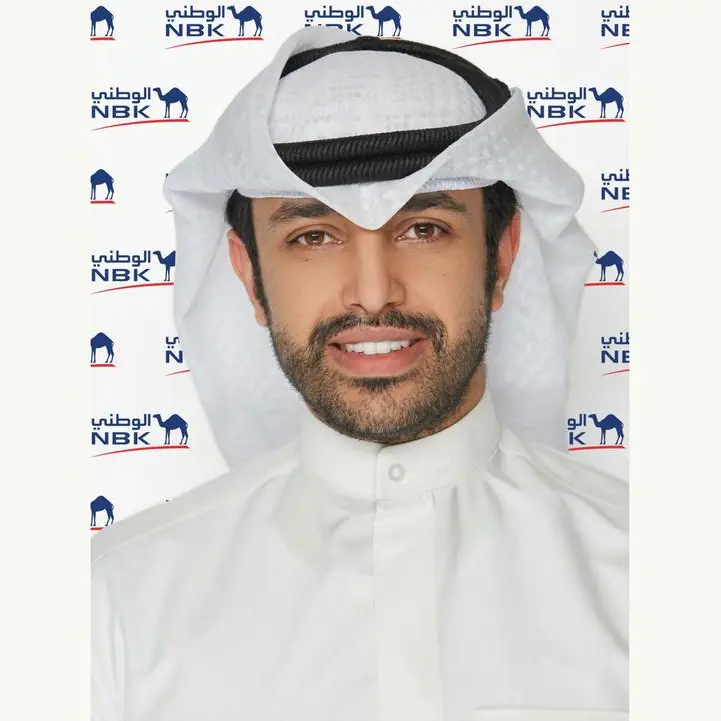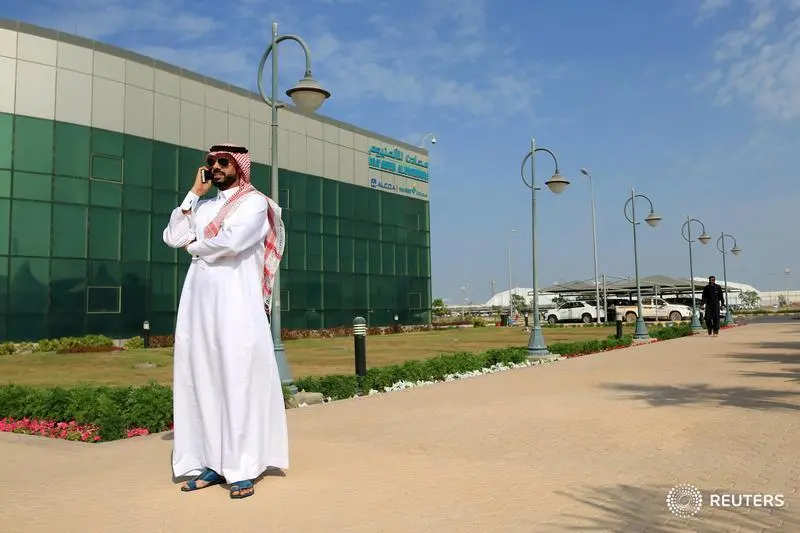PHOTO
Dubai, UAE: The inaugural Art Therapy Conference in the MENA region, which concluded recently in Abu Dhabi, delved into the profound theme of "Unearthing the Healing Power of Art" and its transformative effects on trauma and self-discovery while exploring other related themes.
Anna, whose name has been changed to protect her identity, knew there was something in her past that wasn’t quite right. She didn’t have the memory of her trauma, but she did know it was eating away at her, whittling away her self-confidence, her self-worth. As she tried different types of therapy, some brought back frightening memories, others left her feeling worse. She couldn’t eat or sleep. She didn’t know what to do.
Soon, she found herself in a near catatonic state in the hospital. It was during this period that she reached out to Chris Storm, an art therapist who spoke at the Art Therapy Conference (ATC), organized by the Abu Dhabi Center for Sheltering and Humanitarian Care – Ewaa, in Abu Dhabi. “Because she was still processing what had happened to her, she would only tell me little bits of her story to time. So we created an opportunity for her body to feel safer.
“We did some collage. And as she felt safer in the therapeutic relationship, we then started going into what in sensorimotor art therapy [which uses movement and art] is called guided drawing. This is bilateral drawing [which uses both hands]. And it provided an opportunity for her to be able to process some of the constriction that was in her system,” explains Storm.
It took about 12 months of therapy before Anna was discharged from hospital and was able to go live with her family. “She started to remember more and more and felt more and more comfortable about disclosing what she had remembered.”
“When you use art as a modality for helping people to process different situations, they actually can tap into that part of themselves, which is connected to symbolism, and doesn't necessarily need words and language to work,” says Storm.
That part, hidden from the world – and often from ourselves – is called the unconscious; it’s what determines our personality and reactions to the world.
Dr Awad Mubarak Al-Yami from Saudi Arabia, an art therapist who also spoke at the ATC event, held at Erth hotel on October 17 and 18, explains: “Unconscious materials are [made] of past experiences that are pushed back in our minds by different processes. Such experiences are developed in a visual manner along side their other sensory components. They are stored in a way that they can be retrieved by associations, which can be with awareness or indirectly.”
When these thoughts and emotions are expressed on a canvas, it requires the eagle eye and understanding of a therapist to analyze the visual content and use it to firstly, create a safe place for the client for self-expression and secondly, provide conversation that leads to the client’s raising self-awareness and therefore, self-development.
It can also help patients with internal conflict resolve their issues. “Internal conflict can come from an impulse that has not been met, for some reason. So that's normally trauma related, so that there weren't enough protective factors around at the time for that traumatic experience to have been able to be processed and then move through it. So it gets stuck in your system.
“And so with that therapy, what it allows us to access an active response that wasn't able to be accessed at the time. So it means that what we can do is we can use our creative endeavors to tap into creating a different response to them what happened at the time, and that different response might be what we needed to have at the time. So that's when it became can become really useful,” says Storm.
Art is a way to express that which is not easy to express. It may be guilt, or trauma, or just a socially unacceptable impulse. “Art-making automatically allows the externalization of our unconscious material through the creative process. Through the process of sublimation, [where] we transform unwanted thoughts and feelings into a visually accepted form and externalize them, thus feeling some relief. Art therapy uses this creative process as part of its foundation,” explained art psychotherapist Carol Hammal, from Egypt, speaking about an art therapy programme for women exposed to violence at ATC.
“Part of the process in art therapy is to get the client to create art in relation to the session's therapeutic goal. Oftentimes, visual elements are expressed and reveal conflicts that the client is unaware of. The art therapist can then bring those conflicts to the surface during the verbal conversation and use their clinical counseling skills to help resolve those conflicts.
In addition, art therapy is an approach in psychotherapy that allows the clients to have a tool they can use on their own back home; namely drawing and painting as means of self-expression,” adds Hammal.
And because it’s a means of self-expression – and doesn’t have to be pretty or make sense to anyone except the person doing it – it works for people no matter what their age. That said, sometimes art comes easier to young people. “Art therapy can be used with anyone. Based on the art therapist's specialization and training, the approach can be modified to meet the client's needs. With children however, it is easier to break the ice because they naturally express themselves through art making, especially during a young age. This makes breaking the ice in therapy much easier,” says Hammal.
“In comparison, with adults, there is usually more resistance towards creating art unless the client is a trained artist. It takes the art therapist a unique approach to address this initial resistance and encourage creativity and self-expression,” she says.
However, once you get through, the rewards are mani-fold. Like Anna, who still grapples with her visceral responses but is getting better with steady sessions of art therapy. She has decided to become an advocate for others who suffered child abuse. It’s given her purpose and helped her shore her reservoirs of resilience.
Sometimes, trauma lies in the forgotten recesses of one’s memories, slowly eroding one’s sense of self. Through art and therapy one can fight their demons, become more self-aware and help themselves become better, happier versions of themselves.




















